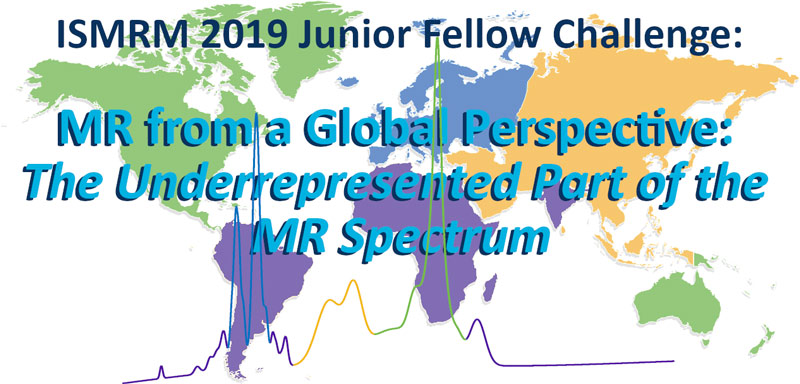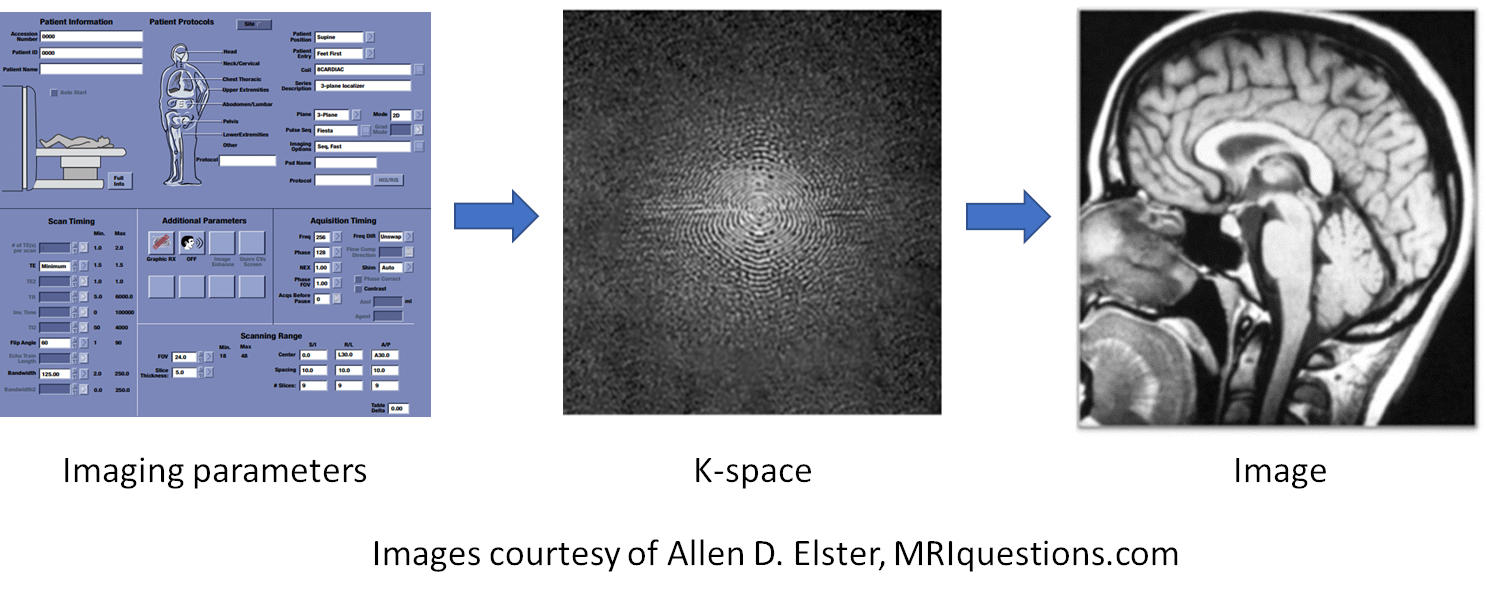
2019 Junior Fellow Challenge
MR from the Global Perspective: The Underrepresented Part of the MR Spectrum
African MRI Challenge:
Open Source MR Training Software
Dr. Johnes Obungoloch1
1 Faculty of Applied Sciences and Technology, Mbarara University of Science and Technology, Mbarara, Uganda
CLOSED
Idea Submission Deadline: 30 January 2019, 23:59 EST
The uptake of MRI in sub-Saharan Africa is very low because of the costs and expertise involved in acquisition and operation of MRI technology. For example, there are only four MRI scanners in Uganda for a population of 35 million people. For a similar population in the global north around 350 – 1750 MR scanners are available1.
 Even though Sub-Saharan Africa is undergoing significant social transformation and economic development, conventional MRI systems with their diagnostic benefits will not be widely available in the near future as the requirements and infrastructure (costs, maintenance, trained technical and medical staff) to operate such systems still needs to be established. Innovation targeted to the developing world, such as low cost and low field MRI, can make implementation of these support structures within reach, however the problem of maintenance and trained staff will persist.
Even though Sub-Saharan Africa is undergoing significant social transformation and economic development, conventional MRI systems with their diagnostic benefits will not be widely available in the near future as the requirements and infrastructure (costs, maintenance, trained technical and medical staff) to operate such systems still needs to be established. Innovation targeted to the developing world, such as low cost and low field MRI, can make implementation of these support structures within reach, however the problem of maintenance and trained staff will persist.
In order for MRI to be a sustainable technology for developing countries, some of the support structures need to be in place. Pivotal among those support structures is development of local expertise. Many Universities in Sub-Saharan Africa are currently involved in training biomedical engineers, medical doctors, radiographers and imaging professionals in which MRI is one of the imaging technologies taught. However, due to scarcity of MRI knowledge and hardware, this training often lacks the hands-on experience necessary to build an intuitive understanding.
Our challenge is therefore the development of training software to simulate MRI experiments and provide visual training tools to help understand MRI technology. The software should be a good way of starting to develop expertise and training that might provide support for the development, maintenance and operation of appropriate MRI devices for developing countries.
It can be a standalone software package or a platform connecting MR experts, radiologists, students from global south with the global north. The software should be open source, licensed under a copyleft license and it should be accessible to anyone with an internet connection2. It might reuse existing open source software packages for e.g. simulation or reconstruction.
The software should be targeted to the users’ educational experience and as such, should have a readily manageable GUI interface. One of the requirements is simplicity. The user should be able to learn the basics about MRI experimentation without the need to understand complex code, complex hardware or complex physics.
Lastly, the software should be developed keeping in mind the potential for a paired, open-source, educational hardware system which is being developed and might be available in the future3. We think that the proposed software will promote intuitive MRI training and help build local MRI expertise in developing countries. It might be also a way to connect MRI individuals and institutions in the global south with the global north to develop the crucial support structure needed for sustainable use of MRI technology in resource scarce settings.
References:
1 World Health Organization (WHO), Medical Equipment – Total density per million population, http://gamapserver.who.int/gho/interactive_charts/health_technologies/medical_equipment/atlas.html
2 https://en.wikipedia.org/wiki/Copyleft
3 F. Arndt, S. Aussenhofer, E. Behrens, C. Blücher, P. Blümler, J. Brand, KM. Ettinger, A. Fillmer, W. Grissom, B. Gruber, B. Guerin, S. Haas, H. Han, M. Hansen, C. Hasselwander, R. Hodge, W. Hoffmann, B. Ittermann, M. Jakubowski, A. Kühne, S. Klein, S. Kroboth, M. Ladd, K. Layton, B. Leiva, S. Littin, B. Lopez-Aranguren Blazquez, K. Marstal, R. Mekle, M. Moritz, R. Moritz, T. Niendorf, R. Pellicer, M. Pendse, A. Polimeridis, T. Redlich, H. Reiman, R. Seemann, F. Seifert, L. Starke, J. Stockmann, T. Stoecker, K. Takeda, L. Thiele, M. Uecker, F. von Knobelsdorff-Brenkenhoff, R. Wahlstedt, A. Webb, S. Winkler, L. Winter, H. Yu, M. Zaitsev, „Open Source Imaging Initiative (OSI2) – Update and Roadmap“, ISMRM, 2017, #4463
Submission Guidelines
Idea Submission
In order to ensure readability we put together some guidelines. Please submit your ideas as a pdf document of:
- Maximum one A4 page (including all figures) with minimum margins of 25.4 mm on all sides
- Maximum 20 MB
- Font type: Arial, Helvetica, or similar sans-serif typeface
- Minimum Font Size: 10 pt for normal text, author names and affiliations; and 12 pt for abstract title and subheaders (e.g. Introduction, Methods, …)
- Underline the presenting author
There is no strict format for the submission of your ideas on how to solve one of the challenges. Make sure the judges understand your idea, and that you try to answer the questions outlined in the challenges. Several graphics that illustrate your idea can be a great tool to make your idea more comprehensible.
Template & Video
You can download a template in .docx format here. After you finished editing, save the document as .pdf and upload it using the submission form. Furthermore, we invite you to prepare a video – no longer than 5 minutes – outlining your idea and post it in the Slack channel #2019_jfs_challenges or post a link to the video in the submitted idea abstract.
Idea submission deadline: 30 January 2019, 23:59 EST
